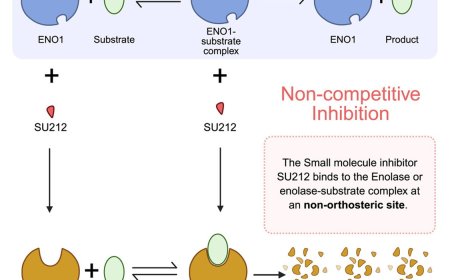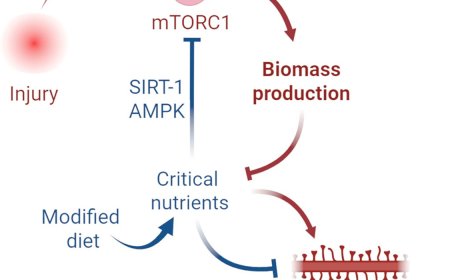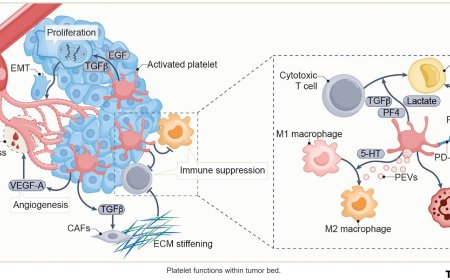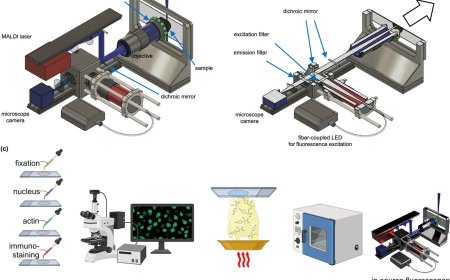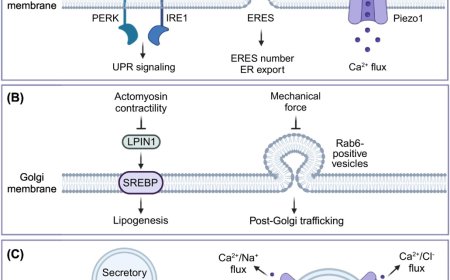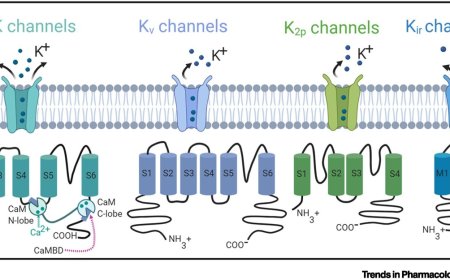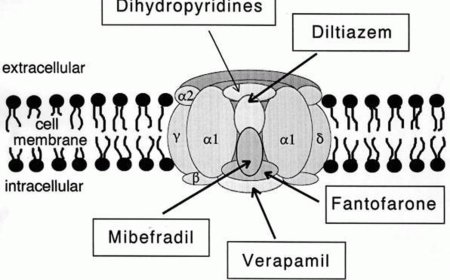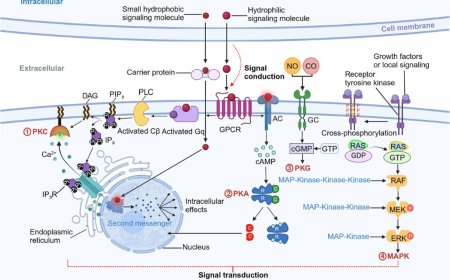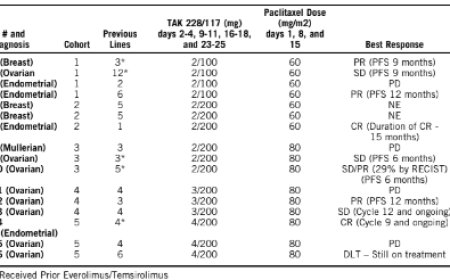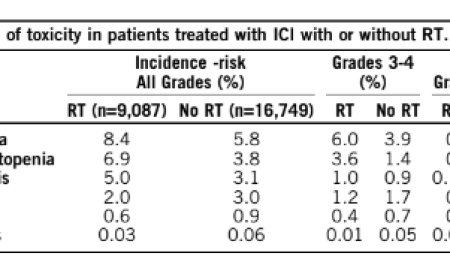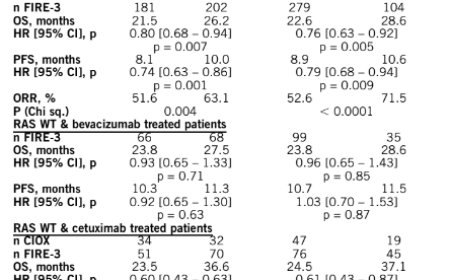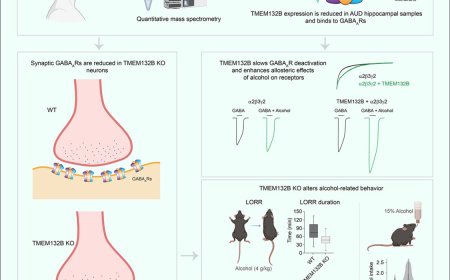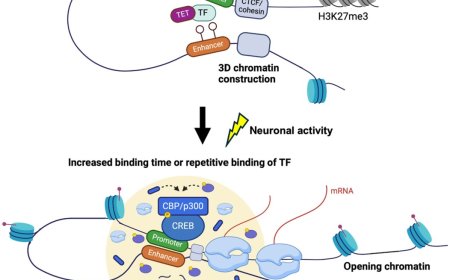The mechanism to transition from acute to chronic pain
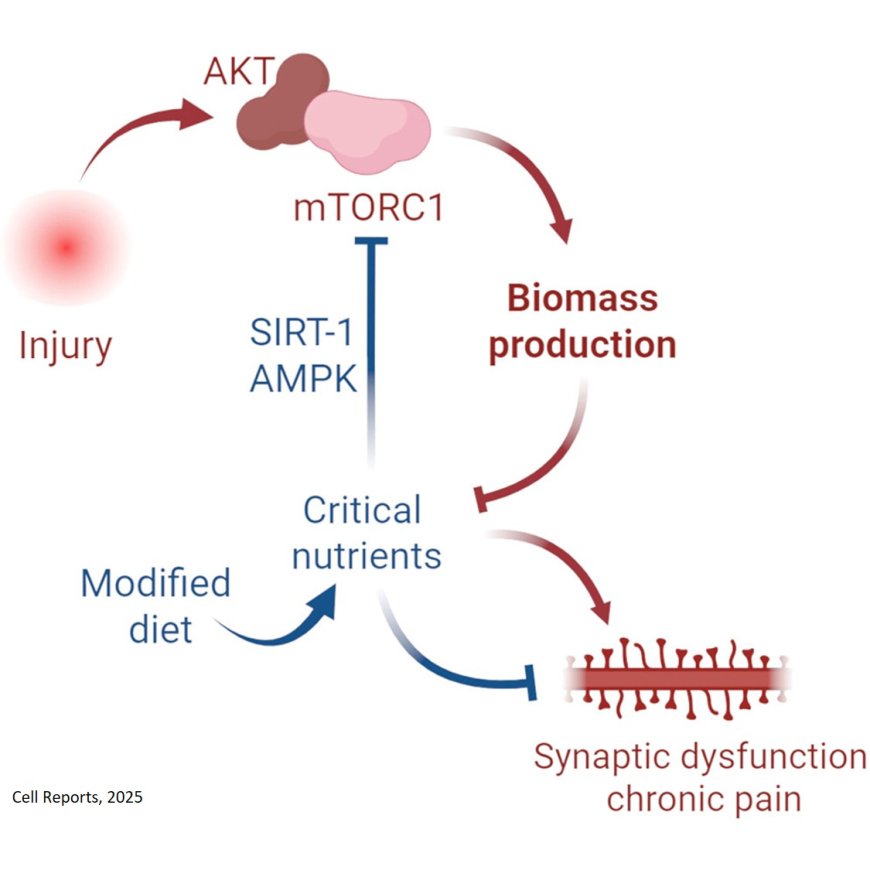
Roughly 30% of individuals who have a mastectomy, and up to 40% of those who have open-chest surgery, experience chronic pain. Up to 85% of people who require an amputation experience phantom limb pain.
The mechanisms of transition from acute to chronic to painful states are not yet clear.
The authors show that peripheral injury activates AKT/mTORC1 in afferent segments of the mouse spinal cord, redirecting local core metabolism toward biomass production while simultaneously suppressing autophagy-mediated biomass reclamation. The metabolic shift supports the neuroplasticity but depletes nutrients.
The researchers made a list of the deficient nutrients, and added them together into a ‘medicated diet.’ The modified diet blocked the transition to pain chronicity and was successful in four out of five mouse models, including three for post-surgical pain.
Thus, dietary intervention could be used to restore metabolic balance and halt pain chronification, highlighting a possible strategy to block the transition to chronic pain.
https://www.cell.com/cell-reports/fulltext/S2211-1247(25)01032-0
